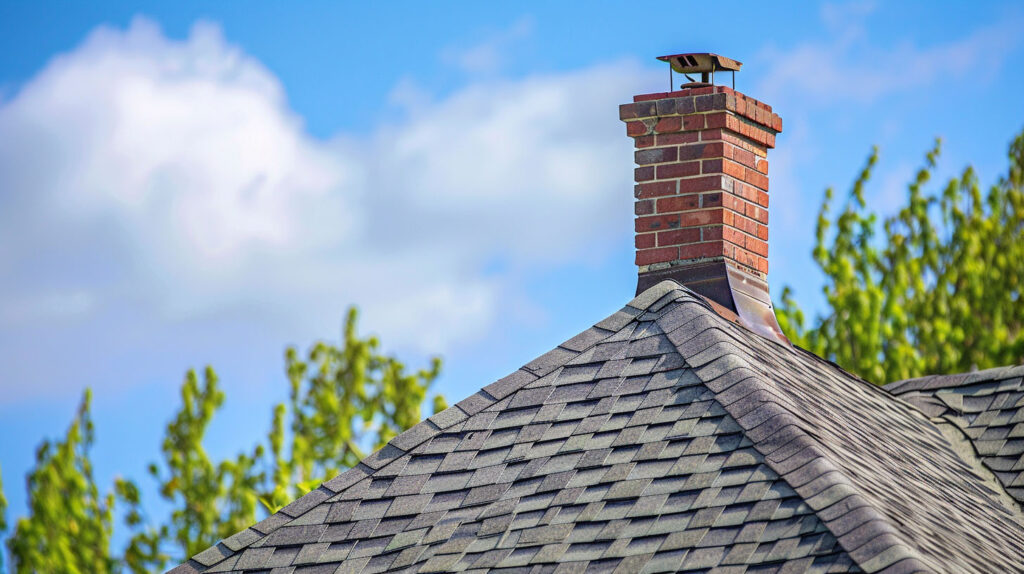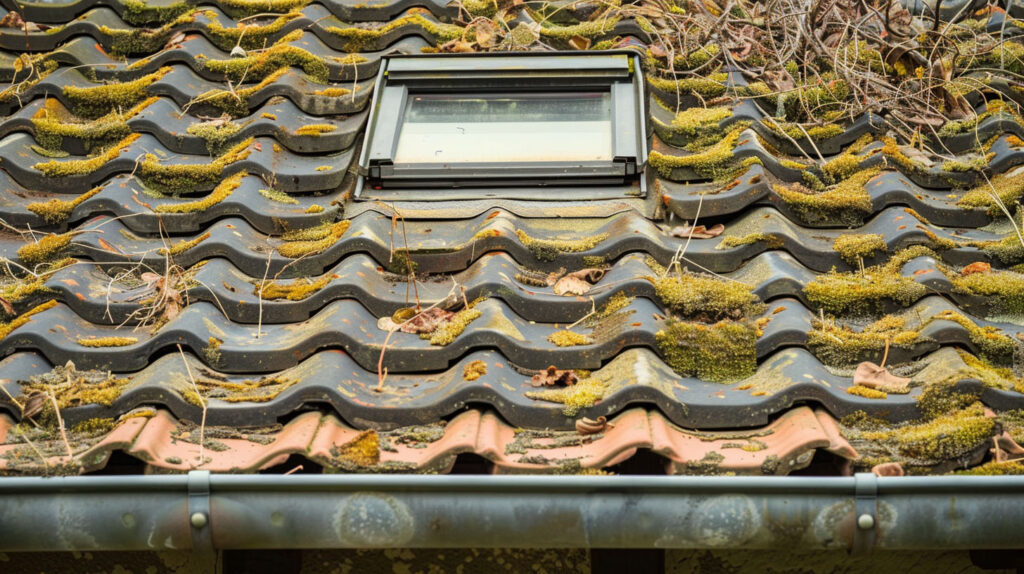DIY Roofing Repair: When It’s Okay and When It’s Not
Your roof is one of your home’s most critical features, not to mention its first line of defense against the elements. At Specialist Roofing & Repair, we understand the importance of a well-maintained roof. If you’re considering a DIY roofing project, it’s essential to weigh the risks, benefits, and the scope of work properly. Tackling repairs on your own roof may seem straightforward, but it requires precision and skill to avoid more significant issues down the line. Our team of experts is here to help you determine what’s appropriate to fix yourself and what should be left to the professionals in Long Beach, CA.
Understanding DIY Roofing Repairs
The appeal of DIY repairs often stems from the promise of saving time and money. Handling minor roofing problems on your own can be an empowering and tangible way to maintain your property.
However, attempting to carry out a DIY roofing project without understanding roofing materials, techniques, and safety procedures opens the door to common errors. These mistakes can turn simple roof repairs into complex and costly disasters, making it crucial to recognise when the job requires professional expertise.
Common Reasons Homeowners Attempt DIY Roof Fixes
Cost savings often drive homeowners to engage in DIY roof fixes, especially when minor issues arise. Many believe that addressing small leaks or damaged asphalt shingles themselves can evade costly professional repairs. Additionally, a sense of accomplishment can motivate individuals to tackle their own roofing projects. The allure of immediate gratification combined with the desire to maintain the integrity of their home also plays a significant role. However, this enthusiasm must be tempered with an understanding of proper techniques and safety measures.
Essential Skills Needed for Safe Roof Repairs
Performing roof repairs requires a blend of technical skills and safety awareness. Familiarity with roofing materials, such as asphalt shingles, is essential for ensuring the integrity of your home. Proficiency in using power tools and the ability to assess potential structural issues can prevent costly repairs. Knowledge of local building codes helps ensure compliance and enhances safety. Additionally, mastering proper ladder techniques and safety gear is crucial to minimize the risk of injury. With the right skills, DIY roof repair can be manageable.

When DIY Roof Repair is Appropriate
Occasionally, there are situations where minor repairs on your roof can be fixed safely on your own. For instance, installing new shingles to replace one or two missing pieces is manageable for an equipped and confident homeowner.
However, this is only appropriate if your own roof is in good condition overall, requiring no foundational fixes. Taking these small steps prevents larger damage, but knowing your limits and seeking professional help for more complex situations is crucial to avoid worsening the problem.
Minor Repairs You Can Handle Yourself
Tackling minor repairs on your roof can be a rewarding DIY project, especially when addressing small issues like replacing a few missing asphalt shingles or sealing minor leaks. These simple fixes not only help maintain the integrity of your home but also save on costly repairs later. Always ensure the use of proper equipment and safety gear to minimize the risk of injury. When approached with care, such minor tasks can extend your roof’s lifespan while offering peace of mind against future issues.
Tools and Safety Equipment Required for Small Jobs
Risks and Dangers of DIY Roofing Repairs
While tackling DIY roof maintenance can seem cost-effective, the potential risks far outweigh the short-term savings. The risk of injury when working at heights without proper preparation or safety gear is significant.
Worse, improper roof repairs can lead to undetected structural damage and future issues that jeopardise your home’s integrity. Recognising these dangers and seeking professional help when necessary safeguards your wellbeing and preserves your property’s longevity.
Safety Hazards and Accident Risks
Navigating the roof of your home introduces numerous safety hazards and accident risks that should never be underestimated. Without the right safety gear and proper equipment, the potential for accidents can skyrocket, leading to serious injuries or even fatalities. Common dangers include falls due to improper ladder use or working on sloped surfaces, as well as exposure to extreme weather conditions. Ensuring you have evaluated your physical capabilities and understand local building codes is crucial for protecting both yourself and the integrity of your home.
Hidden Structural Issues You Might Miss
Beyond visible problems, your roof may hide deeper structural issues that a DIY fix won’t address. Without a trained eye, you could miss signs of extensive damage like sagging or compromised integrity.
Thorough inspections are essential to identifying potential hazards lurking beneath the surface. Problems such as water intrusion can silently deteriorate the framework, jeopardising the overall integrity of your home.
Ignoring these can result in long-term consequences—profound structural problems requiring expensive interventions. Professional roofers are trained to uncover and resolve hidden concerns to ensure sustained durability.

The Cost Factor: DIY vs. Professional Roofing
While DIY roof repair may appear cheaper initially, it can create expensive surprises in the long term. Incorrect fixes often require professional repairs to mitigate future issues, doubling the cost.
Moreover, insurance companies often decline claims on DIY attempts without contractor documentation. Investing in skilled services for intricate repairs guarantees faultless execution and compliance, ultimately saving money and safeguarding your home.
Short-Term Savings vs. Long-Term Expenses
Investing time in a DIY roofing project may seem like a smart way to save money initially, but hidden long-term expenses can quickly overshadow those perceived savings. Improper roof repairs often lead to extensive structural problems that necessitate costly professional repairs. Without thorough inspections or the right tools, unforeseen issues like water damage might fester, resulting in financial burdens far greater than anticipated. Balancing short-term savings with potential future costs is crucial in maintaining the integrity of your home and ensuring lasting reliability.
Potential Damage from Mistakes and Rework
Using wrong materials, improperly installing shingles, or botching sealing attempts results in a poor repair process that demands costly professional intervention. These seemingly minor mistakes can turn into significant structural damage.
For example, applying inadequate adhesive might allow water infiltration, leading to compromised decking. Additionally, using mismatched shingles can disrupt roof cohesion, resulting in additional costly repairs. Trusting a professional roof repair ensures precision, compliance, and longevity for your roof.
Get in Touch
Navigating the complexities of roofing can be challenging for any homeowner. While DIY roofing repairs may seem appealing, understanding the risks and potential pitfalls is crucial. Employing a professional roofing company, especially one that is an Owens Corning Platinum Preferred Contractor or a Polyglass Quantum Contractor, not only ensures the integrity of your home but also provides peace of mind, knowing that repairs are done to local building codes. Additionally, a BBB A+ Rated company guarantees quality service. Always weigh the long-term expenses against the immediate savings of a DIY project, as improper repairs can lead to costly future issues that may require extensive damage control.

Frequently Asked Questions
When can a roof not be repaired?
A roof cannot be repaired if there is extensive damage, such as compromised decking, major structural problems, or widespread leaks. These issues require a complete roof replacement. Consult a professional roofer to assess the damage and explore coverage options through insurance policies.
What is one thing that you should never do while working on a roof?
Never attempt roof work without proper safety gear like harnesses or helmets, as the risk of injury increases significantly. Avoid using power tools without adequate training, ensuring your proper equipment is ready before starting any task.
How do you repair a roof without replacing it?
To repair a roof without replacement, consider installing new shingles in place of damaged ones, sealing a leaky roof, or using appropriate roofing materials for targeted fixes. If unsure, opt for a professional roof repair to avoid worsening repair costs.
Read our blog: Can Solar Panels Damage Your Roof?



